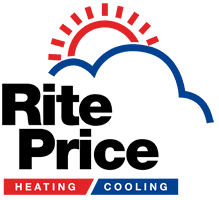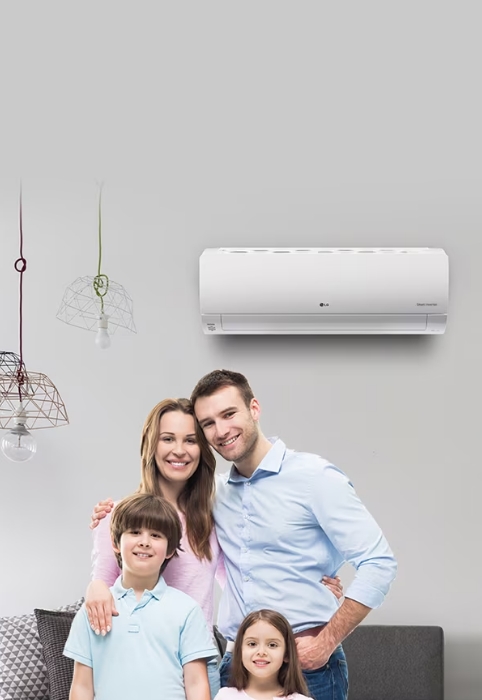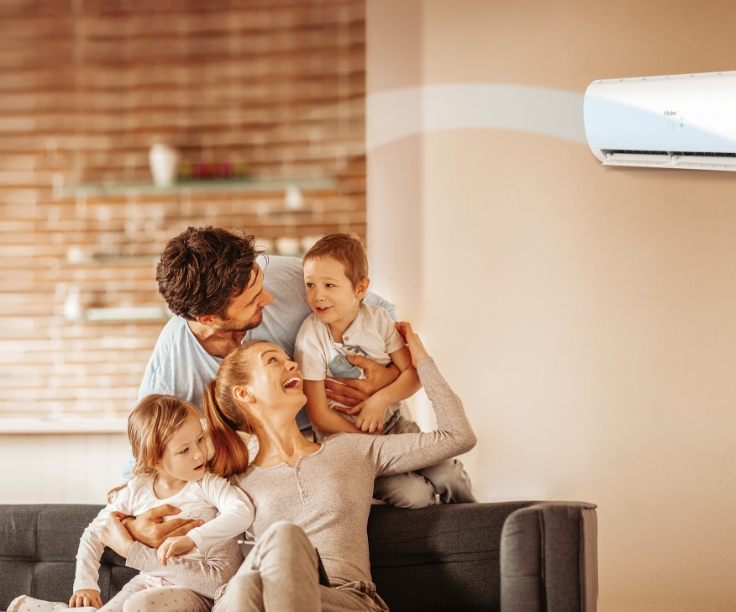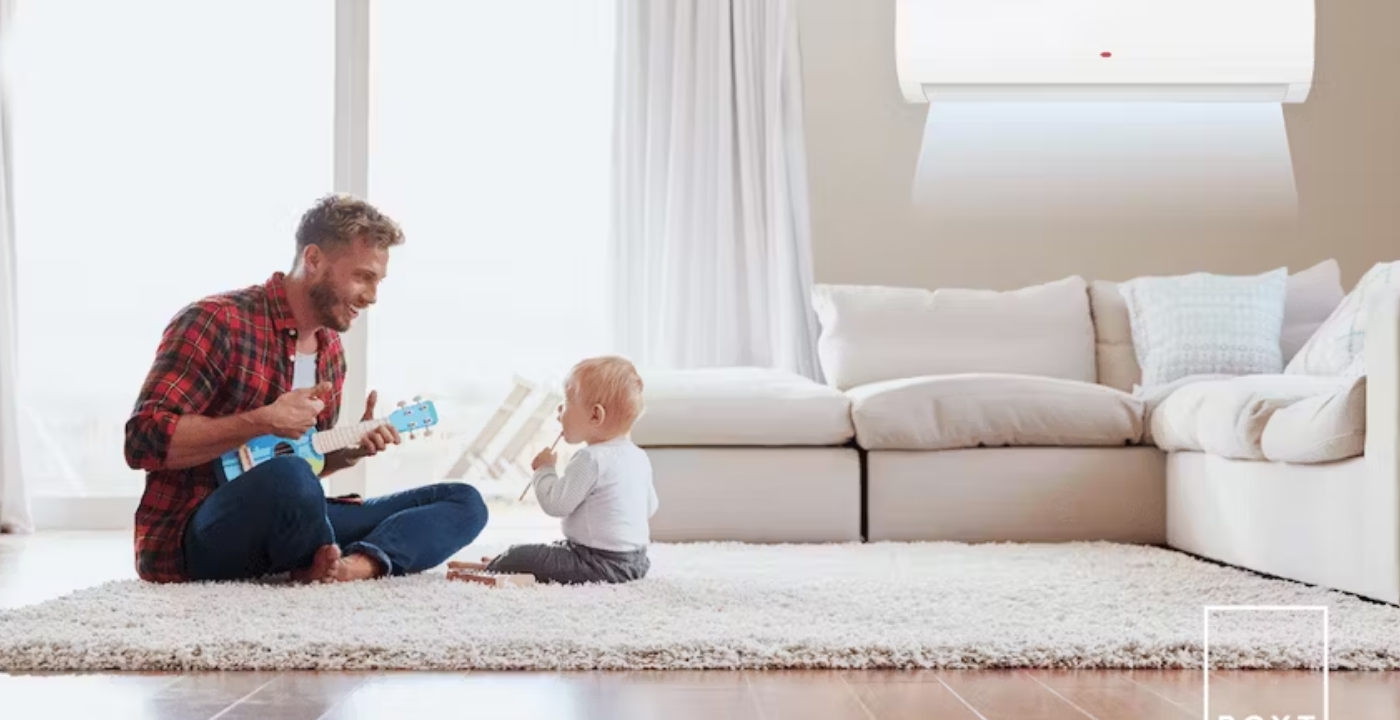Green Savings: How the New Energy-Efficient Cooling and Heating Systems Can Help You Save Money
One of the biggest costs associated with a household is maintaining a comfortable temperature. Significant amounts of electric and fossil fuel resources are required to heat and cool indoor air. New, more energy-efficient cooling and heating systems have been designed to reduce the costs associated with climate control, giving homeowners various options when upgrading their installations.
Energy-Efficient Heating Systems
The energy used to heat homes can result in up to 50 per cent of overall power consumption, providing an opportunity for homeowners to trim costs by installing more efficient systems. In a report published by the Victorian Government that compares gas and electric heating, efficient gas heaters can reduce electricity bills by as much as $280 per year, as well as reducing greenhouse gas production by up to two tonnes annually. Another issue that increases savings is the recent trend of electricity costs rising faster than gas prices. Much of the savings and environmental benefits of gas-based heating revolves around avoiding the use of electricity produced by coal-fired plants.
Recent design innovations in ducted gas heating has led to significant gains in operational efficiency, especially compared to reverse cycle systems. As a result of these advances, homeowners have access to the first ducted gas heating system awarded with a six-star efficiency rating. Another option that offers new peaks in efficiency is the five-star non-condensing range heater that does not require draining. Gas heating provides more consistent and comfortable heat, maintaining optimal efficiency even in cold weather, further reducing operational costs through consistent heating. Take a look at our evaporative cooling page for more information.
A different option for efficient gas heating is a wall furnace. These types of heating systems feature an attractive design that blends seamlessly into homes. They can be installed to include a rear register kit that connects two rooms together, offering heating power to two spaces at once. Despite the compact design, modern wall furnaces can score efficiency ratings as high as 4.8 stars.
Another type of heating system that beautifies the home is a gas log heater. These installations resemble ranges and fireplaces, producing the soothing ambiance that only an open flame can produce. Gas log heaters warm smaller areas, such as a living room or dining room, but still maintain excellent levels of efficiency, scoring ratings as high as 5.1 stars.
Energy-Efficient Air Conditioning Systems
One of the most efficient types of air conditioning installations is a ducted evaporative air cooling system. Evaporative cooling relies on drawing hot, dry air over moist cooling pads that results in heat energy being drawn away from the warm air via evaporation. Other types of air conditioning usually take advantage of refrigeration technology that utilises compression of a refrigerant that absorbs heat from the air before distributing the cooled, recycled air. The only energy used for evaporative systems are for water pumps and air circulation, while refrigeration technology requires a lot more energy to operate a compression engine. In addition to being up to 50 per cent less expensive to install, evaporative air coolers cost up to one-eighth less to operate.
If a household requires a refrigerated air conditioning system, the latest innovations in design reduce the impact in terms of electrical consumption. Some of the latest reverse cycle air conditioning systems boast technological advancements that squeeze the most efficiency out of every watt of electricity consumed. Increased control of air distribution and the ability to make fine, precise adjustments in the amount of power drawn by compressors and other motors reduce the amount of electricity used.
The majority of modern systems range between three and six stars in terms of efficiency rating. Similar to heating systems, choosing installations with higher star ratings ensures that the cooling system alters indoor environments with greater efficiency.
Five- and Six-Star Heating and Cooling
The rating formula that produces five-star and six-star designations for heating and cooling systems are measured according to the amount of production derived from the energy source that powers the machinery. For example, the efficiency of gas-powered heaters is measured according to the ratio of gas converted into heat energy.
Every star represents progress towards a system operating at a conversion ratio of 100 per cent. Typically speaking, each star awarded indicates a boost in efficiency of approximately 10 to 15 per cent. Recent improvements in technology for gas-burning systems have resulted in the first series of non-condensing and ducted gas heating systems that have earned five-star or six-star designations, a technological achievement that helps homeowners save money and produce less greenhouse gas.
Easy Programming, Installation, and Maintenance Reduce Operating Costs
Advanced, computer-assisted programming of heating and cooling systems is another type of technological breakthrough that greatly increases efficiency, resulting in further reduction of operating costs. Current heating and cooling command consoles have the ability to direct precise amounts of climate-controlled air to different rooms according to their needs. Entire systems can be automatically set to activate according to different time schedules or temperature requirements.
Considering installation costs when choosing a new, more efficient system is another important factor in saving money. In terms of heating, smaller systems such as non-condensing gas heaters are usually less expensive to install than ducted gas heaters. For cooling systems, selecting an evaporative cooling system over a refrigerated unit reduces the cost. Choosing heating and cooling systems that provide the right amount of power to control an indoor climate is vital to reducing the price of installation. Selecting an overpowered system results in greater installation costs and larger energy bills.
The easier it is to maintain heating and cooling systems, the more likely a homeowner will keep the system running in an efficient manner. Non-condensing gas heaters do not require any draining of fluids, making it easier to ensure efficiency when compared to other types of heating systems. Evaporative cooling systems have fewer moving parts and rely mostly on keeping cooling pads and inexpensive water pumps running smoothly. Refrigerative systems employ compressors and need to be stocked with chemical refrigerants that are more expensive to replace.
When selecting between different heating and cooling systems, paying attention to star-based efficiency ratings provides an easy way to compare energy usage. Choosing systems that are easy to install and maintain also decrease consumption of resources. Opting for the most energy efficient model lightens the environmental footprint of a household while reducing the impact on your wallet.







